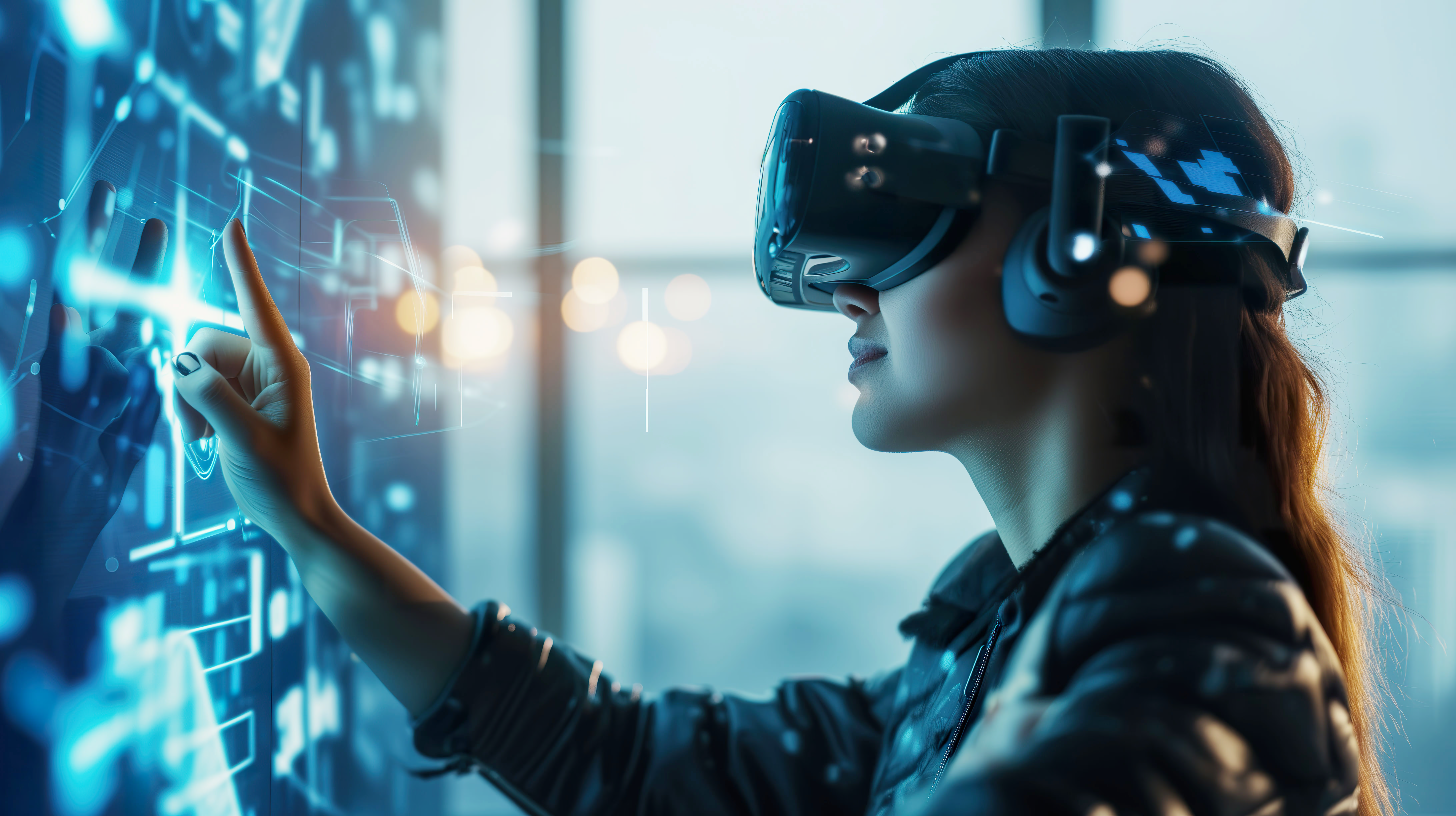In the dynamic landscape of modern work environments, 3D workspaces are revolutionizing the way teams collaborate and innovate. But what exactly are 3D workspaces, and how do they shape the future of work? Join us as we delve into this innovative concept and uncover its potential impact on the way we work and interact.
Related Article: Why Startups Can’t Ignore VR: Immersive Marketing
Key Takeaway
3D workspaces represent a groundbreaking evolution in remote collaboration, offering immersive and interactive environments that enhance creativity, productivity, and engagement for distributed teams.
Exploring the Future of Remote Collaboration: A Deep Dive into 3D Workspaces
In today’s fast-paced digital world, traditional office settings are giving way to more flexible and innovative approaches to collaboration and teamwork. One such approach that has gained significant traction in recent years is 3D workspaces.
What are 3D Workspaces?
3D workspaces, also known as virtual offices, are digital platforms that enable remote teams to collaborate and interact in a virtual setting. These immersive environments leverage cutting-edge technologies such as virtual reality (VR) and augmented reality (AR) to create lifelike representations of physical office spaces, complete with customizable avatars, interactive objects, and spatial audio.
How Do 3D Workspaces Function?
3D workspaces function as virtual replicas of traditional office environments, allowing remote team members to meet, collaborate, and work together in real-time. Users can navigate through virtual office spaces, attend meetings, brainstorm ideas, and interact with colleagues just as they would in a physical office setting, all from the comfort of their own homes or remote locations.
Related Article: Maximizing Team Performance With 3D Workspaces
Benefits of 3D Workspaces:
- Enhanced Collaboration: 3D workspaces break down geographical barriers and enable seamless collaboration among distributed teams, fostering creativity and innovation.
- Improved Communication: The immersive nature of 3D workspaces facilitates more natural and expressive communication, leading to better understanding and alignment among team members.
- Increased Engagement: By providing a more engaging and interactive meeting experience, 3D workspaces promote higher levels of engagement and participation, leading to more productive meetings and brainstorming sessions.
- Cost Savings: With 3D workspaces, businesses can reduce travel expenses and overhead costs associated with maintaining physical office spaces, making remote work more sustainable and cost-effective.
- Flexibility and Accessibility: Remote team members can access 3D workspaces from anywhere with an internet connection, offering greater flexibility and accessibility for distributed teams.
Related Article: Virtual Showrooms: Transforming Small Business Retail with the Power of Virtual Reality
As remote work continues to evolve and reshape the way we work, 3D workspaces are poised to play a central role in driving innovation, collaboration, and productivity in the digital age. By leveraging the power of VR and AR technologies, these immersive platforms offer a compelling glimpse into the future of work, where distance is no longer a barrier to effective collaboration and teamwork.






